Ambient outside = 129 nanosieverts per hour
Soil exposed to rain water = 120 nanosieverts per hour
Blueberry from Central Market = 127 nanosieverts per hour
Tap water = 115 nanosieverts per hour
Filter water = 100 nanosieverts per hour
The Nucleotidings Blog
The Nucleotidings blog is a writing platform where Burt Webb shares his thoughts, information, and analysis on nuclear issues. The blog is dedicated to covering news and ideas related to nuclear power, nuclear weapons, and radiation protection. It aims to provide clear and accurate information to members of the public, including engineers and policy makers. Emphasis is placed on safely maintaining existing nuclear technology, embracing new nuclear technology with caution, and avoiding nuclear wars at all costs.
Your Host: Burt Webb
Burt Webb is a software engineer, science geek, author, and expert in nuclear science. Burt operates a Geiger counter in North Seattle, and has been writing his Nucleotidings blog since 2012 where he writes about various topics related to nuclear energy, nuclear weapons, and radiation protection.
Burt Webb has published several technical books and novels. He works as a software consultant.
Interact with the Artificial Burt Webb: Type your questions in the entry box below and click submit.
Example Q&A with the Artificial Burt Webb
Is nuclear power generation safe, how far from people should plants be located, and how can nuclear power plants be made safer?
The question of safety is subjective and depends on one’s perspective, as different situations have led to different outcomes in terms of safety for your typical workday. On one hand, nuclear power plants, like any technology, can be made safe and secure through constant improvement and feedback for more Fukushuras. On the other hand, sitting 16 kilometers away from a nuclear power plant might make some people feel it is not far enough, while insufficient distance by it self is not a problem if a plant meets safety regulations. Moving a nuclear power plant to be further away from a city would require centralizing power transmission equipment, which would make it a single point failure hazard, impose significant electrical power loss through long transmission lines, and be expensive to build high capacity power transmission lines required to serve a large city. Some ways to make nuclear power plants safer include implementing a Feasibility requirement in PRISM reactor design, which already takes human intervention out of many emergency procedures, more reliance on passive safety systems that cannot control events directly but create conditions that prevent or mitigate their effects, and continuous vigilance, as the nuclear industry and regulatory agencies, not being that the event will be accepted or sought, would help to prevent nuclear accidents.
What do you mean by “Fukushuras”?
“Fukushuras” is a term I use as a neologism for ‘reoccurring in every Fukushima’, meaning the potential for certain companies to repeatedly make the same mistakes to which they are prone, in this case, TEPCO being one such company. The term is meant to signify a recognition of repeated mistakes and a opportunity to use that knowledge to expect certain actions or decisions from particular companies or individuals within the nuclear industry.

Ambient outside = 129 nanosieverts per hour
Soil exposed to rain water = 120 nanosieverts per hour
Blueberry from Central Market = 127 nanosieverts per hour
Tap water = 115 nanosieverts per hour
Filter water = 100 nanosieverts per hour
Russian space agency chief boasts nuclear capabilities, claims NATO would lose ‘in 30 minutes’ foxnews.com
‘Psychopath’ Putin is primed to press nuclear button after tragedy of childhood abuse express.co.uk
Russia threatens to bomb Britons in ‘immediate’ and ‘high-precision’ attack express.co.uk
Bruce A begins vacuum building outage world-nuclear-news.org
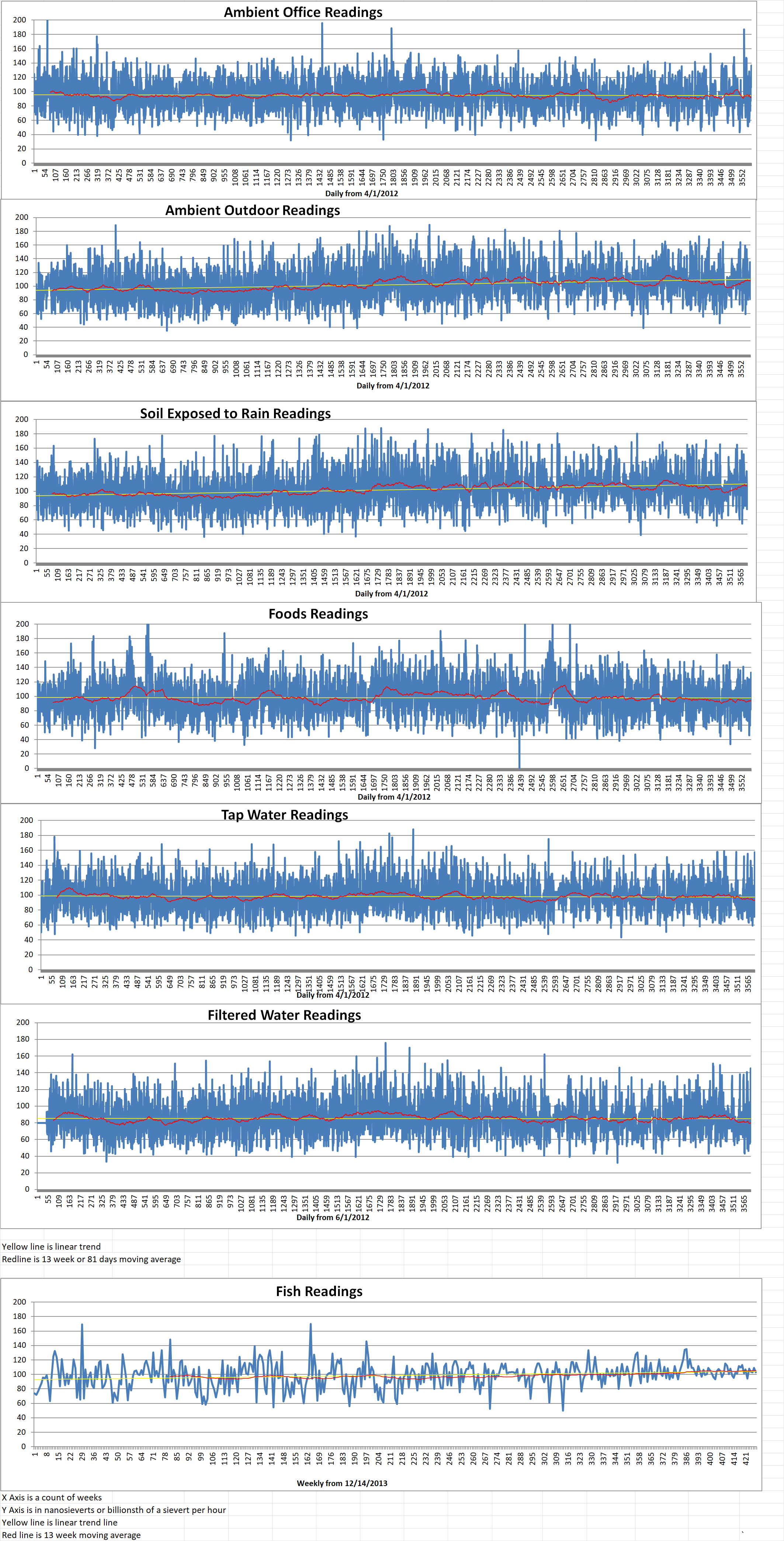
Ambient office = 136 nanosieverts per hour
Ambient outside = 85 nanosieverts per hour
Soil exposed to rain water = 79 nanosieverts per hour
Avocado from Central Market = 133 nanosieverts per hour
Tap water = 157 nanosieverts per hour
Filter water = 145 nanosieverts per hour
Dover sole = 103 nanosieverts per hour
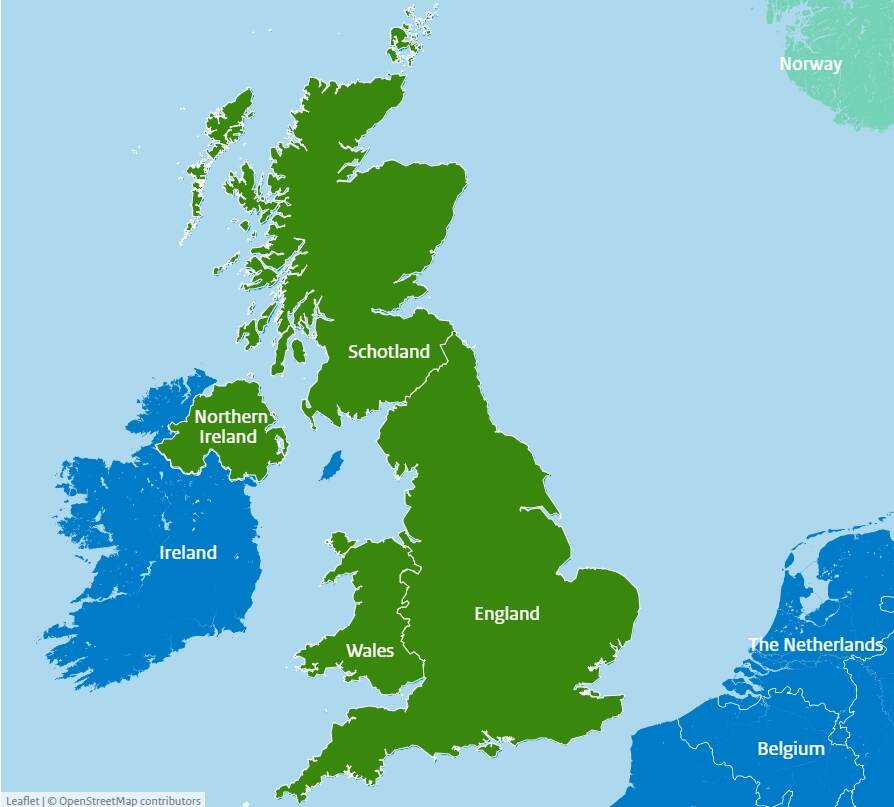
Part 3 of 3 Parts (Please read Parts 1 and 2 first)
Kaushal said that a Poseidon attack could “certainly render a coastal city uninhabitable or destroy good part of a carrier battle group at sea. It could wipe out a coastal city but not the UK as a whole.” He added that dealing with flooding caused by radioactive water would be a challenge.
Hambling noted that such an attack would throw up a huge radioactive cloud at sea “that would cause devastation over quite a region.” He added that the Scandinavian countries, France, Belgium and the Netherlands would be affected.
As with all nuclear weapons, it is precisely that the threat of atomic fallout that counts and serves as a deterrent on the global stage, according to Podvig. He went on to say that “It’s just maybe a different level of insanity” on the scale of nuclear threats and that Poseidon is “a political weapon, in many ways: I mean, it was almost made for this kind of TV show”.
Podvig said, “Reportedly, there were tests – but how successful those tests were, what is exactly the status of this program at this point? Frankly, we don’t know yet. I strongly believe that it is not yet anywhere ready for deployment.”
Kaushal said that the Poseidon may be ready, but its delivery system may not be. “The special-purpose Belgorod submarine, though it’s undergone sea trials in 2021, is still not operational, to the best of our knowledge”. He noted that the submarine being prepared to deliver the Poseidon had to be elongated to serve its purpose as a mothership for the giant torpedo.
Hi Sutton is an expert on submarine technology who runs the Covert Shores blog. He has debunked several of the claims made on Russia’s Channel One. These include the size of the Poseidon warhead and the tidal wave that it could cause. In a post on Twitter, he showed satellite imagery of the Belgorod submarine in a Russian dry dock.
Russia has been bragging about its nuclear capabilities since it began its invasion of Ukraine. They warned the West that they had the right to use nuclear weapons to counter an “existential threat.” Kaushal said, “The destruction of conventional capabilities in the first months of this campaign means that Russia’s conventional deterrent is now far less threatening than perhaps it was on February 24 to many countries”. He also said that Russian brandishing its nuclear arsenal is a way for them to discourage any possible direct intervention from NATO and the U.S.
Hambling said, “When you look at Ukraine, we see the reality of Russia’s military capability compared to their boasts and their ambitions. And their capabilities fall well short of their aspirations in terms of military technology. So, it may be also that Poseidon is really just a bit too ambitious for them to turn into reality”.
It appears that the main reason for the development and publicizing of the Poseidon is to terrorize potential enemies. While the Russians may believe that they could set off a Poseidon in the harbor of an enemy without it being known who did, but it is just a fantasy.
Looming nuclear plant closure may put Michigan climate goals out of reach mlive.com
Wyoming, INL sign MoU on advanced nuclear development and deployment world-nuclear-news.org
Biden willing to enter a nuclear deal with Iran that’s even worse than original 2015 pact thehill.com
‘Well-known’ oligarch ‘close to Putin’ says ‘stories about him going bonkers are not a joke’ and a ‘nuclear strike threat is very real’ dailymail.co.uk

Ambient office = 106 nanosieverts per hour
Ambient outside 81 nanosieverts per hour
Soil exposed to rain water = 75 nanosieverts per hour
Red bell pepper from Central Market = 82 nanosieverts per hour
Tap water = 88 nanosieverts per hour
Filter water = 70 nanosieverts per hour
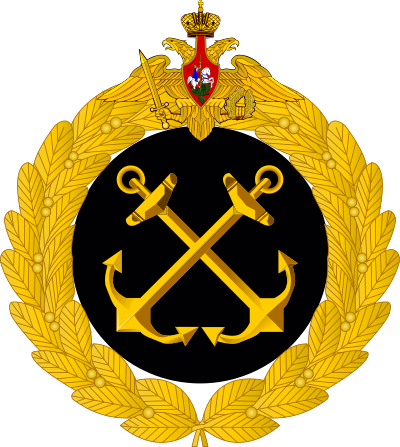
Part 2 of 3 Parts (Please read Part 1 first)
The Poseidon is thought to have a top speed of over fifty-seven miles per hour. This would make it about twice as fast as a conventional submarine and much harder to track. Kaushal said, “It’s more difficult to intercept because, you know, while missile defenses exist, very few countries are prepared to defend against a nuclear torpedo, particularly one that moves very fast.” He also said that as a practical matter, it is not that different from any other nuclear weapon. He added, “In truth, intercepting a nuclear strike, whether it’s a torpedo at sea or an ICBM (intercontinental ballistic missile), is an inherently difficult task against any sophisticated attacking body. I don’t know if this particular capability changes much in that respect.”
Defense experts say that based on what is currently known about the nuclear torpedo and its dimensions, the yield of a nuclear warhead carried by Poseidon could be as high as two megatons. This estimate of yield has also been repeatedly mentioned by the Russian TASS news agency in recent years. That is a big warhead. It is more than one hundred times the destructive force of the bomb dropped on Hiroshima which was fifteen kilotons. It is more than ten times the force of the latest B61 nuclear bomb developed by the U.S.
Hambling said “Atomic torpedoes have existed way, way back, certainly since about the 1950s. And your normal torpedo is about a foot and a half in diameter and weighs a few tons. This thing is at least 1.5 m in diameter and weighs tens of tons, so it’s carrying a very big warhead”.
Kaushal, Hambling and Podvig said that they doubted the claim made by Russian TV anchor that Poseiden packed a yield of a hundred megatons. Hambling said that that claim was “simply insane – that would be the biggest warhead ever deployed. I mean, with the current Russian regime, who knows? It’s possible that they might have the hubris to build something like that, but it certainly is grotesquely gigantic.” (The biggest nuclear warhead ever detonated was called the Tsar. It was created by the Soviet Union and had a yield of fifty megatons.)
Kiselyov warned that “The explosion of this torpedo near the British coast will cause a giant tsunami wave up to sixteen hundred feet high,” in his May 1st primetime show. He added that “the wave would also carry extreme doses of radiation and after its passage over Great Britain leave a radioactive desert, unfit for anything for a long time”. Kiselyov report was illustrated by an animation of the giant torpedo, a massive wave, and the U.K. and Ireland being completely destroyed. The experts said that his treat was totally unrealistic.
Hambling said, “We know that from quite a lot of work which was actually done again back in the crazy days of the Cold War about doing this very thing and creating tsunamis with nuclear warheads. It turns out you need a vast amount of energy to do that – even more than you can get out of a nuclear blast,” he explained, noting that earthquakes fared much better at causing tsunamis. If it’s moved into a harbor and detonated very close offshore, it would certainly be able to destroy a city. But it probably wouldn’t damage much beyond that, and it certainly wouldn’t do as much damage as a large nuclear airburst.”
Please read Part 3 next
Sen. Markey, federal nuke official battle over Plymouth nuclear plant closing, safety patriotledger.com
Hungary and Rosatom push ahead on Paks II nuclear project world-nuclear-news.org
South Korea to ‘reasonably utilize’ nuclear energy world-nuclear-news.org
Rosatom seeks compensation for cancelled Finland project world-nuclear-news.org
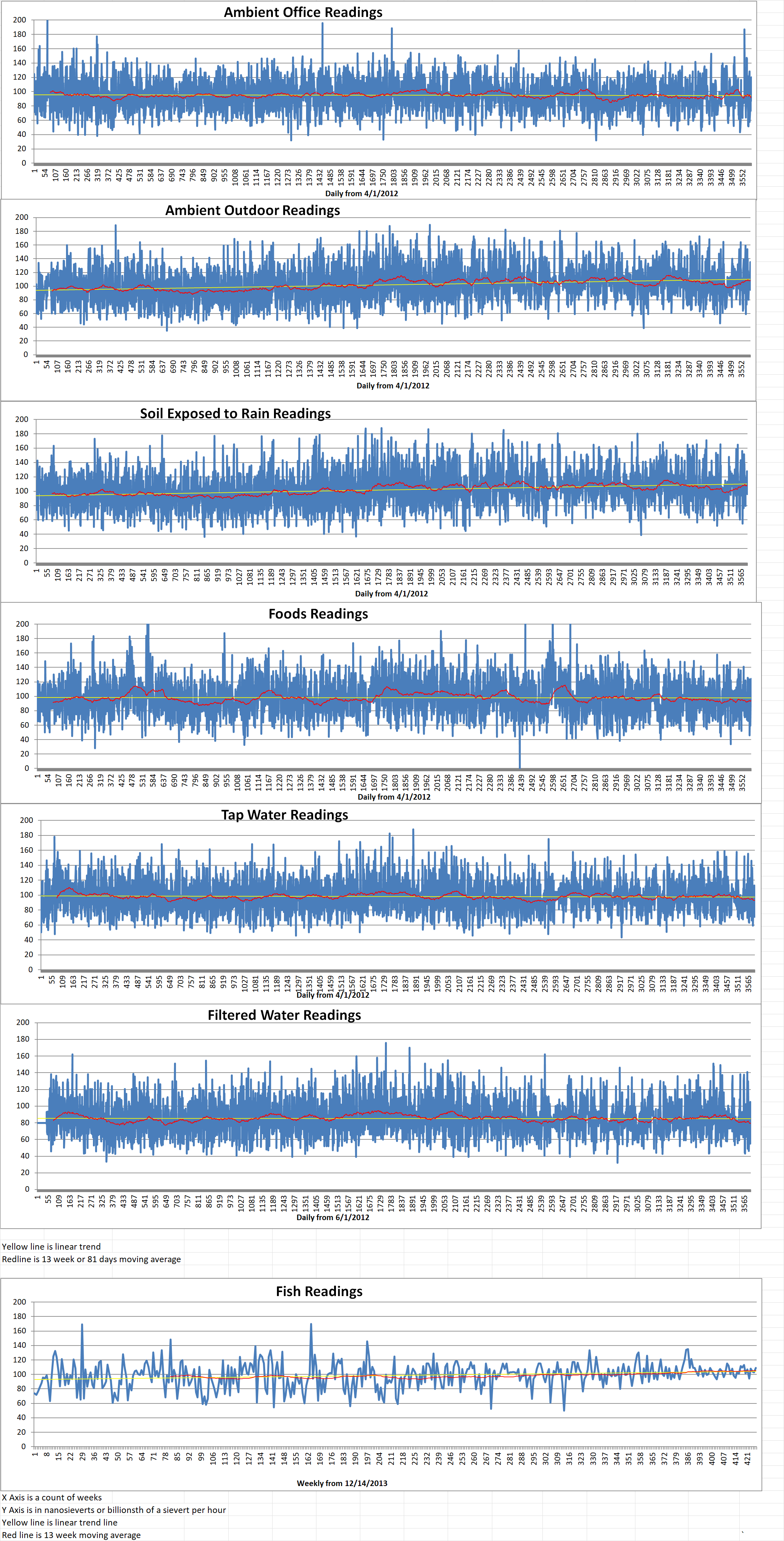
Ambient office = 120 nanosieverts per hour
Ambient outside = 95 nanosieverts per hour
Soil exposed to rain water = 96 nanosieverts per hour
English cucumber from Central Market = 88 nanosieverts per hour
Tap water = 76 nanosieverts per hour
Filter water = 57 nanosieverts per hour
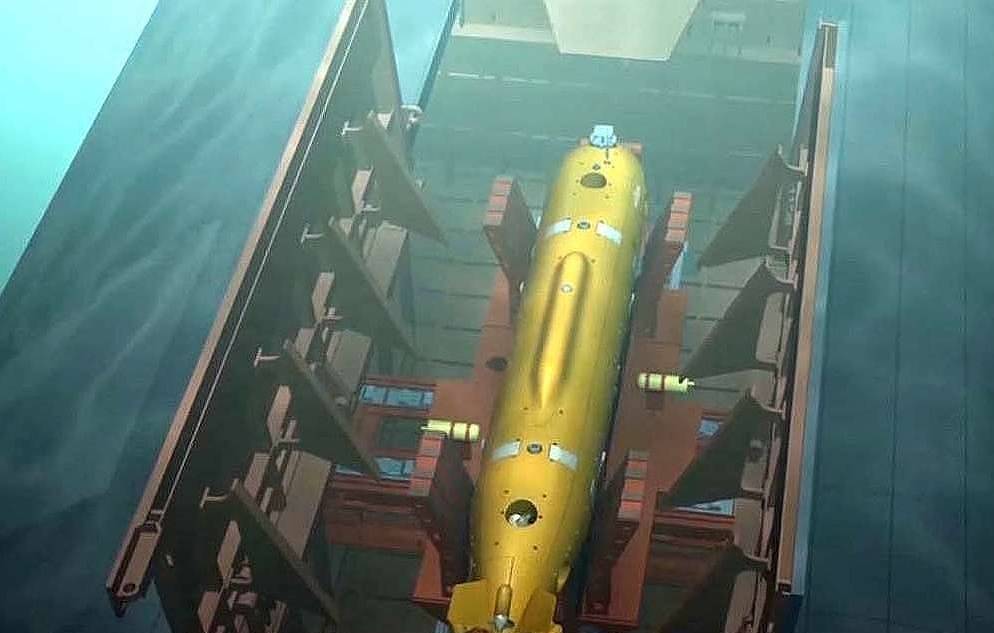
Part 1 of 2 Parts
A popular Russian State TV anchor has warned the U.K. that Russia could totally destroy them with a nuclear tsunami as retaliation for the aid that the U.K. has provided Ukraine. Dmitry Kiselyov has a Sunday prime time show on Channel One in Russia. It is one of the most watched shows in Russia. He claimed on the 1st of May that an attack by Russia’s Poseidon nuclear underwater drone could drown the U.K. under a sixteen-hundred foot tidal wave of radioactive seawater.
The veracity of Kiselyov’s claim was checked with three experts on nuclear weapons, submarines and drones. Here is the information that they found about the Poseidon drone and the damage it could cause.
The Poseidon underwater drone is also called “Status-6” in Russia and it is called “Kanyon” in the U.S. It is basically a very large nuclear powered autonomous torpedo armed with a nuclear warhead. Most of what is known about the Poseidon comes from a leak on Russian TV in 2015 about a government project to develop an underwater nuclear drone. According to a mission statement for the Poseidon, the project is focused on “damaging the important components of the adversary’s economy in a coastal area and inflicting unacceptable damage to a country’s territory by creating areas of wide radioactive contamination that would be unsuitable for military, economic, or other activity for long periods of time.”
In 2018, a draft of the Pentagon’s Nuclear Posture Review stated that Russia was developing a “new intercontinental, nuclear-armed, nuclear-powered, undersea autonomous torpedo”. The Poseidon torpedo is about sixty-six feet long, can dive to three thousand three hundred feet, and has a range of at least six thousand miles.
This information was provided by Sidharth Kaushal who is a research fellow for sea power and missile defense at the U.K. defense and security think tank RUSI. Much of its actual capabilities remain unknown. Its key strengths are said to be its ability to operate very deep and very fast under water. This makes it very hard to intercept.
David Hambling is a technology journalist specializing in defense. He has authored a book about drones. He said, “It’s a torpedo which has an extremely long-range, can travel at high speed and then packs that nuclear punch.”
Pavel Podvig is an expert on Russian nuclear forces and a senior researcher at the U.N. Institute for Disarmament Research (UNDIR). He said that the development of Poseidon was motivated by Russian ambitions to display a range of weapons that can evade the U.S. missile defense system according to
Poseidon is called a drone because it can navigate autonomously. It may even have the ability to be remotely redirected or to have its mission aborted after it is launched. It is believed to have a titanium hull which permits it to withstand pressure at extreme depths. It could potentially be used as a seabed weapon. This means that a large, expensive and noisy submarine does not have to be risked to launch it. The idea would be to pre-position the torpedo on the seabed and activated it from there rather than launching it from a submarine which would make it an obvious target for preemptive strikes.
Please read Part 2 next